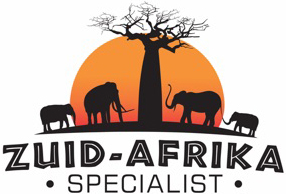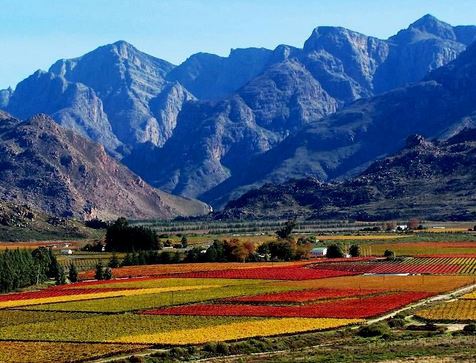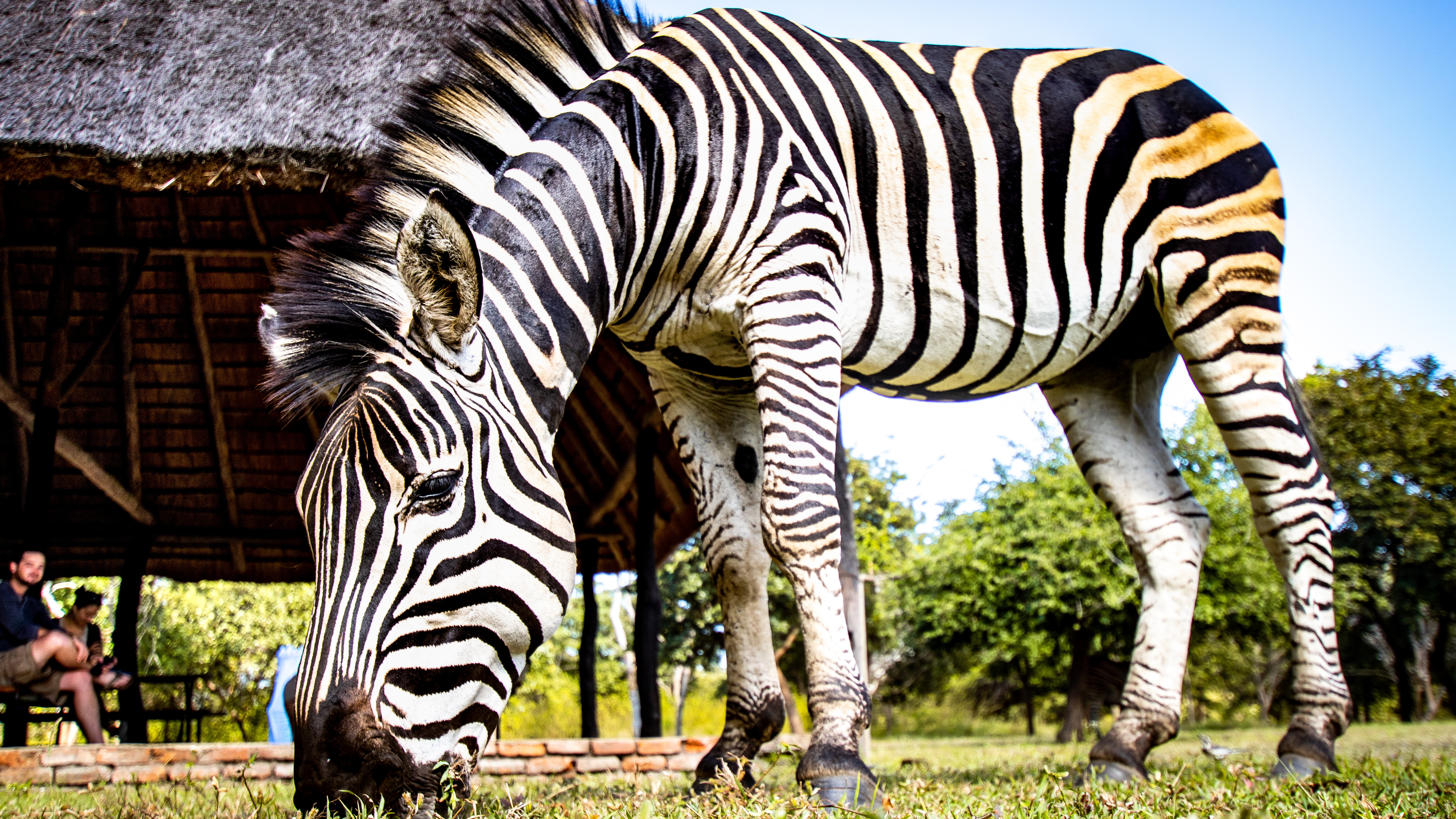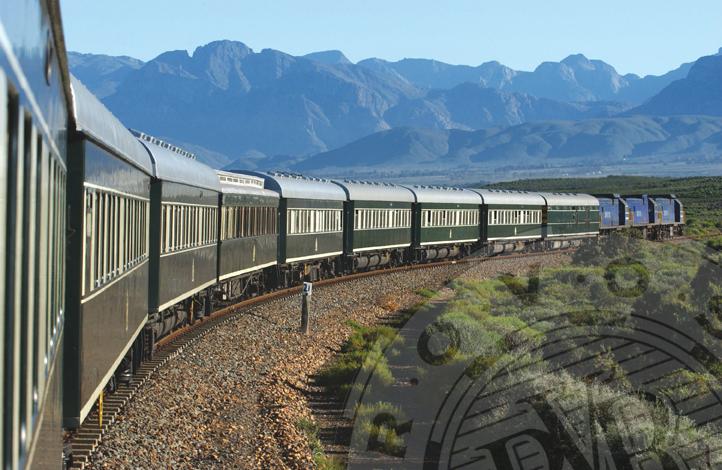Etosha National Park
With an area of more than 22,000 square kilometers, this National Park in northern Namibia is one of the largest and best-known in Southern Africa. About 114 different species of animals live in the park, 340 species of birds, 110 different reptiles, 16 amphibians and only 1 species of fish. Among these animals are elephants, white and black rhinos, lions, zebras, giraffes, wild beasts, leopards, cheetahs, impalas, kudu, jackals, moose and many other beautiful animals. The park is ideally suited to go on safari for several days, whether with your own car or with a ranger.
Etosha means ‘big white spot’ and this refers to the salt pan that occupies around 25% of the park. The Kunune River once flowed into this place, but thousands of years ago the flow of the river changed and the lake slowly dried up. Only in the event of heavy rainfall will some water get back on the bottom of the former lake covered with salt and dusty clay. As soon as there is a layer of water, blue-green algae begin to grow, attracting large groups of flamingos that form large breeding colonies.
Etosha consists for the most part of savannah with different grasses, trees and shrubs, the Mopane tree is the predominant vegetation in the park. A more striking tree is the African Moringa with its whimsical branches that normally grows on more hilly terrain. At 30 kilometers to the west of Okaukuejo, a forest of Moringas is protected with a fence since many beautiful and unique trees have been killed by the elephants. The nickname for the Mopanes is ‘ghost tree’ and when you see it you immediately understand why.
There are several camps in the park, the most famous being: Namutoni, Halali and Okaukuejo. You can call these camps for a stopover when you drive through the park with your own car and you can spend the night at the campsite or in (mostly fairly basic) accommodation. The camps have a restaurant, shop, swimming pool and garage for simple car repairs and fuel. The best thing about the camps, however, are the pools of water that are illuminated at night, so that guests staying overnight in the camp can also see the animals that come to drink late at night. Rhinos and elephants are seen a lot at the water hole of the Okaukuejo camp, and Halali has a reputation for regularly having a leopard drink.
Apart from Etosha there is also a wide variety of accommodation in different price ranges, most of the accommodations offer game drives in Etosha and possibly also in their own game reserves. Etosha itself also offers possibilities for game drives with experienced guides, those staying in the park can make an early morning or evening game drive, among other things. The guides have a great knowledge of the flora and fauna and often know well where the animals can be found.
The paths in Etosha are easy to walk on with a normal car, there is a (gravel) road network that leads to the camps and the various water places. Despite the good condition of the roads, sharp stones sometimes cause a flat tire. Please note that the gates of the park open at sunrise and close at sunset. The entrance on the west side of the park (Galton’s Gate) may only be used for guests of the Dolomite Camp. Watering places are generally good places for game viewing, but keep in mind that not all watering places in the park contain water all year round. Etosha can be visited all year round for safaris, but the months of May to September are the best and the temperatures are more pleasant, 18-25 degrees during the day, towards freezing at night. The hottest and wettest months are January to March.
Add to my travel plans


